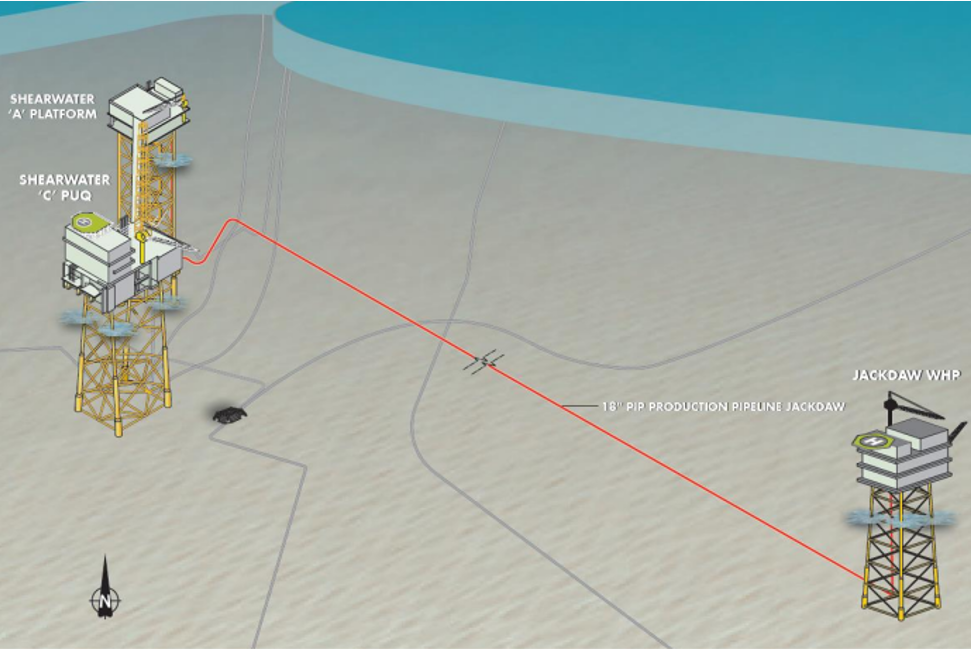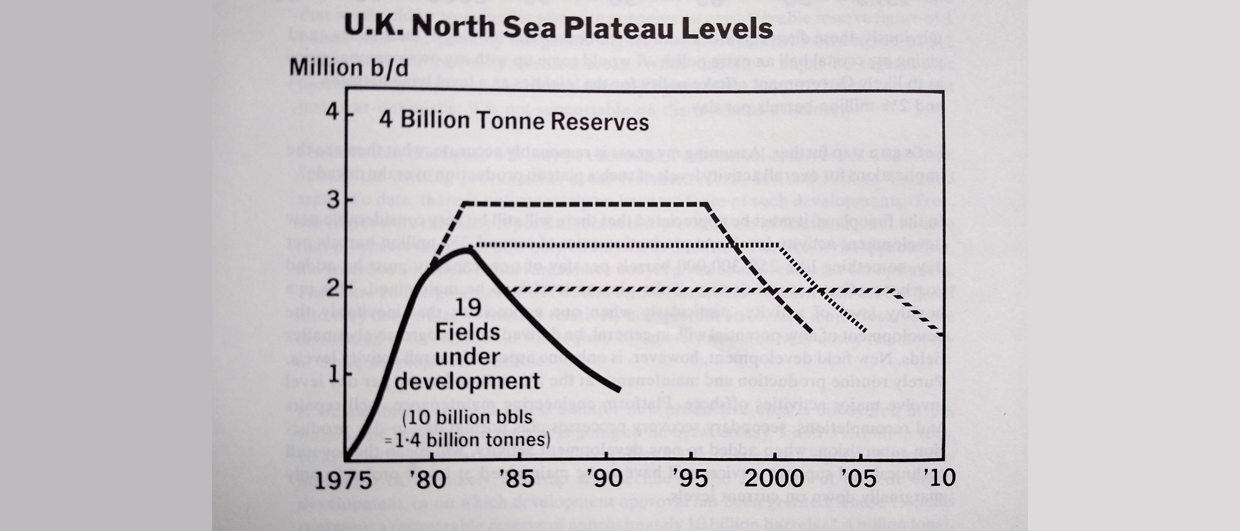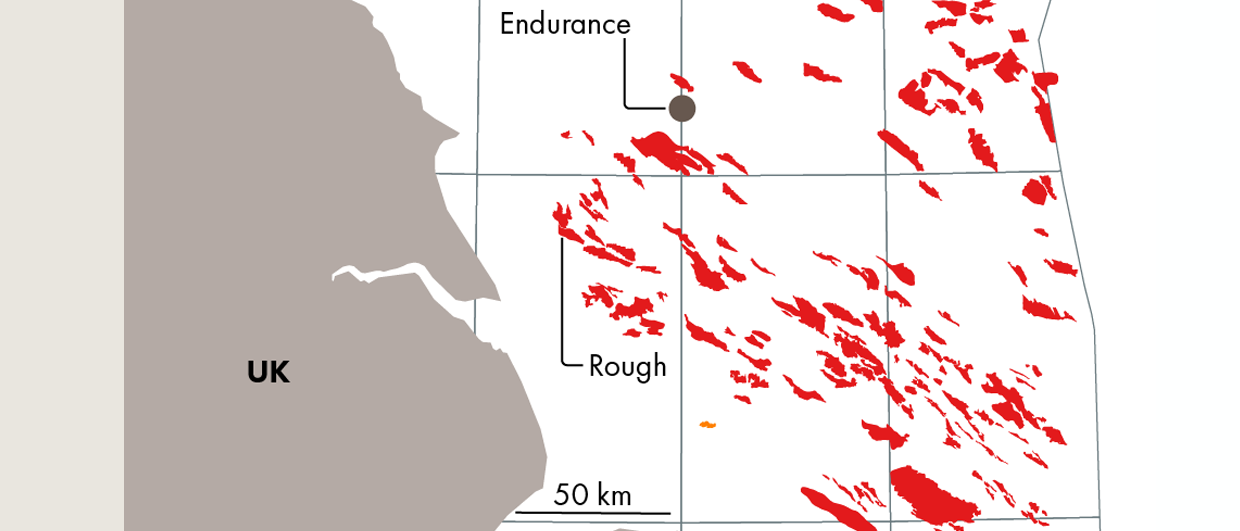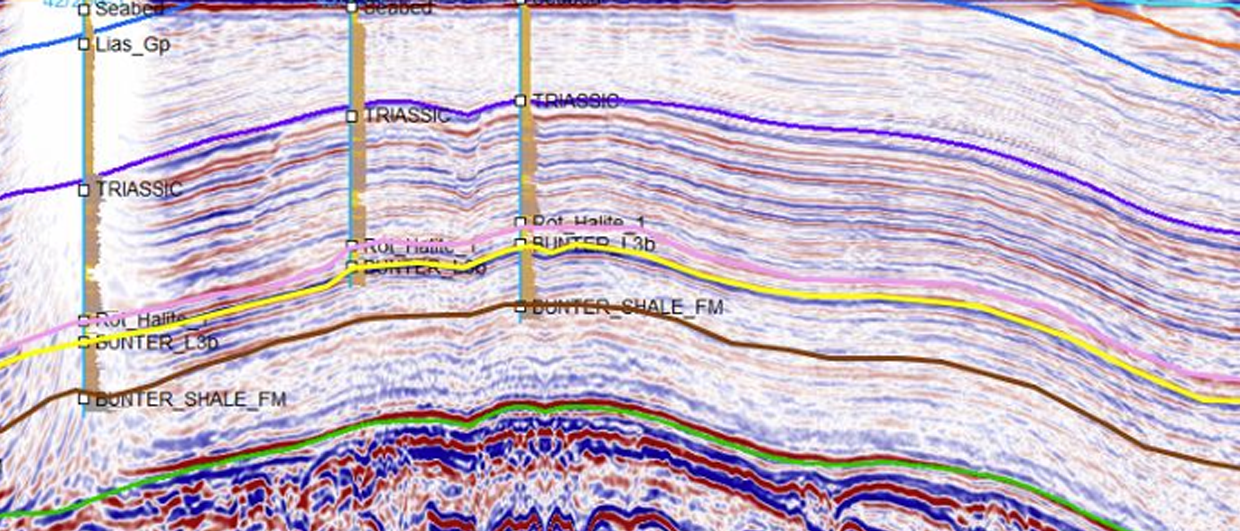In an article published in the Sunday Times yesterday, it is claimed that the 120-250 MMboe Jackdaw gas/condensate discovery is now close to be approved for development.
This follows on from the rejection of the development plan initially submitted by Shell in October last year. However, given the radical change in perception on domestic hydrocarbon production over the past six months, it is not a big surprise to see that the regulator is now much more willing to approve the development of this field that could deliver up to 6.5% of UK’s gas production.
One of the reasons why Shell’s initial proposal was rejected was that the regulator seemed to prefer an export route via the Harbour-operated Judy field.
However, in the newly submitted environmental statement the operator still opts for export via their Shearwater hub, which is the “only viable option for Shell UK”.
The Shearwater option is indeed the obvious candidate for Shell, as it will extend the life of their important hub. This subsequently allows for the potential electrification of offshore operations as well as the longer term goal of exporting the CO2 that comes with Jackdaw fluids (4.5%) directly to St Fergus from where it can be piped offshore again and being injected at the Acorn carbon storage site.
Currently, CO2 is being removed from the gas, vented and subsequently piped onshore.

Complex reservoir architecture
Jackdaw was discovered in 2005 through drilling 30/02a-6 by ConocoPhillips. It was subsequently appraised by wells 30/02a-7 and 30/02a-8 in 2008 and 2011 respectively.
The main reservoir in Jackdaw is a stack of Upper Jurassic turbiditic sandstones intercalated in the Heather Formation. One of the reasons why the field may not have been developed earlier is the fact that the field is heavily compartmentalised by a set of rotated fault blocks. These faults are interpreted as gravity structures due to the development of a decollement in the Pentland Shale below the reservoir units as a result of salt withdrawal in both the north and south of the field.
HENK KOMBRINK





